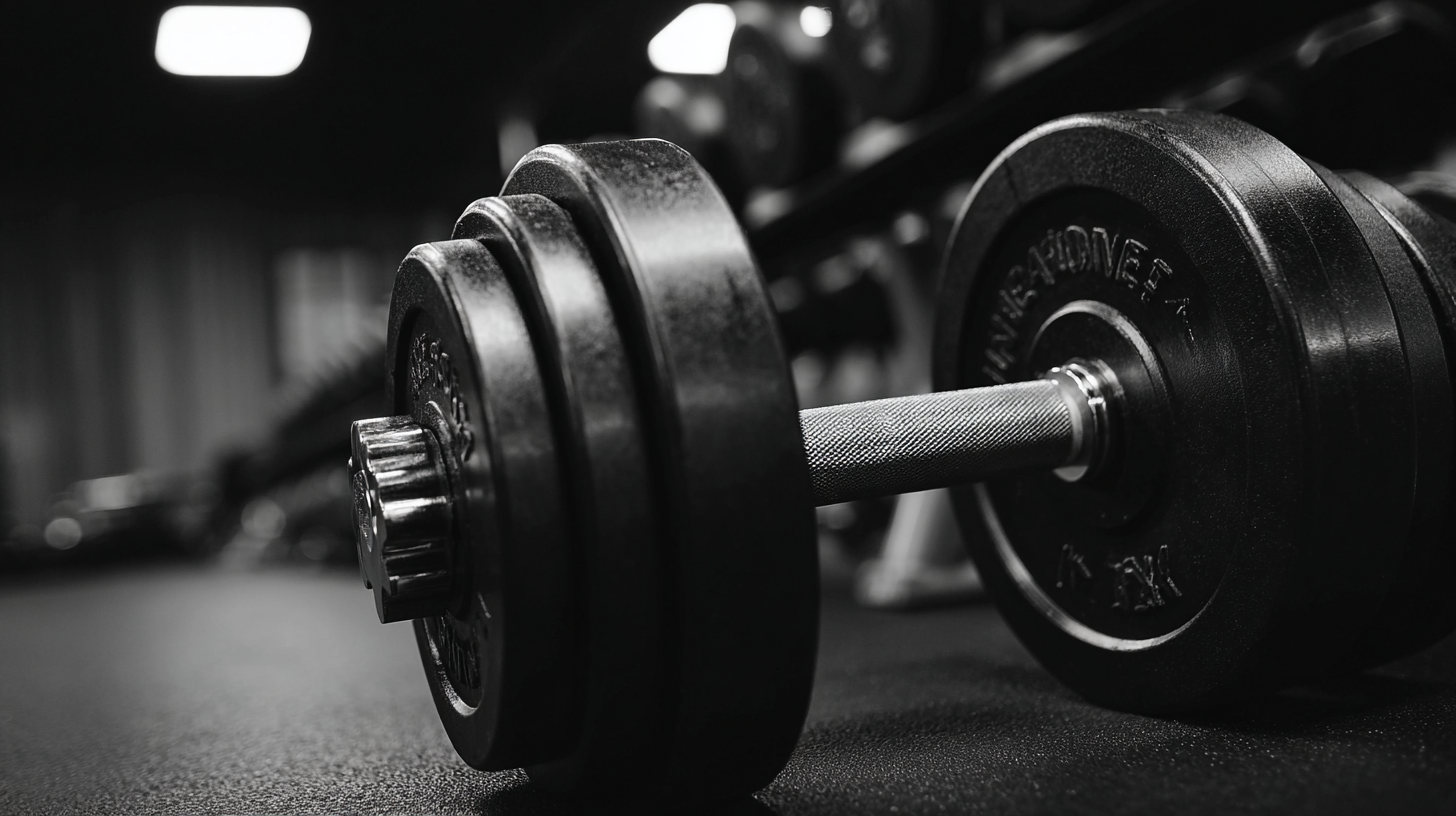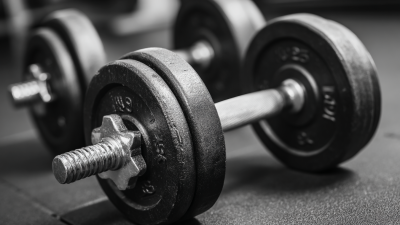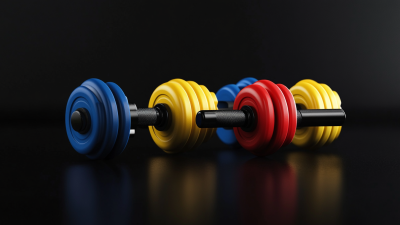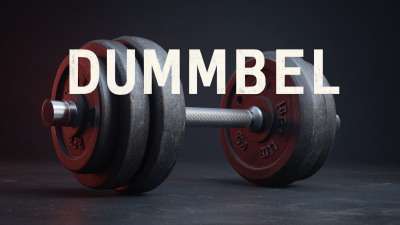
-
Home
-
Products
-
About Us
-
News
-
Contact Us
Leave Your Message

In today's fast-paced world, maximizing workout efficiency is essential for achieving fitness goals, and dumbbell gym training has emerged as a popular solution. According to a recent report by the IHRSA (International Health, Racquet & Sportsclub Association), free weights, particularly dumbbells, account for over 60% of strength training exercises completed in gyms worldwide. The benefits of dumbbell workouts extend beyond mere strength gain; studies show that incorporating dumbbells can enhance muscle activation by 10-20% compared to using machines, leading to improved overall results.

As fitness enthusiasts increasingly seek effective and time-efficient methods to enhance their routines, understanding how to properly leverage dumbbell gym training techniques can make a significant difference. By focusing on strategic exercises and proper form, individuals can optimize their workouts, ensuring that every minute spent at the gym is a step towards greater strength, endurance, and overall fitness.
Effective warm-up techniques are crucial to prepare both your muscles and mind before engaging in dumbbell workouts. A well-structured warm-up can enhance your workout efficiency, reduce the risk of injury, and improve overall performance. Start with 5 to 10 minutes of light aerobic activity, such as brisk walking or cycling, to elevate your heart rate and increase blood flow to your muscles. This initial phase can help transition your body from a resting state into an active one.
Following the aerobic warm-up, incorporate dynamic stretches targeting the specific muscle groups you'll be using during your dumbbell training. Movements like arm circles, leg swings, and torso twists can improve your range of motion and activate key muscle groups. It’s also beneficial to perform specific movements with lighter weights to condition your muscles for the workout ahead.
Gradually increasing the intensity and complexity of the movements prepares your body for the demands of heavier lifting, ensuring a more effective and injury-free session. Prioritizing these warm-up techniques will ultimately lead to better results and a more enjoyable training experience.
When it comes to muscle growth, understanding optimal rep ranges is crucial for effective dumbbell training. Research indicates that performing exercises within a rep range of 6 to 12 repetitions per set is ideal for hypertrophy. According to a meta-analysis published in the Journal of Strength and Conditioning Research, this range optimally balances intensity and volume, leading to significant gains in muscle size and strength. This approach allows lifters to maximize the time under tension, which is essential for stimulating muscle fibers effectively.
Additionally, varying your rep range can further enhance muscle development. A study by Schoenfeld et al. (2017) found that incorporating both lower (1-5 reps) and higher (15+ reps) ranges into a training regimen can engage different muscle fibers and metabolic pathways. For instance, lower reps with heavier dumbbells primarily target fast-twitch fibers, promoting strength, while higher reps encourage muscular endurance and metabolic stress, contributing to hypertrophy. Therefore, mixing rep ranges not only adds diversity to workouts but also harnesses multiple adaptations for comprehensive muscle growth.
To maximize your workout efficiency with dumbbell training, incorporating compound movements is essential. These exercises engage multiple muscle groups at once, leading to a higher caloric burn compared to isolation movements. For instance, integrating deadlifts, kettlebell swings, and compound lifts into your routine can significantly enhance your results. Expert trainers recommend these types of exercises not only for muscle sculpting but also for reducing stubborn belly fat, making them valuable additions for anyone looking to slim down their waistline.

Using a structured approach, combining strength training with high-intensity interval training (HIIT) can further elevate your workout’s efficacy. For example, a 28-minute dumbbell HIIT workout can deliver comprehensive benefits by alternating between intense dumbbell exercises and short rest periods. This method not only torches calories but also builds muscle strength, contributing to overall fitness. By focusing on compound movements and incorporating techniques that blend cardio with strength training, you can effectively optimize your workouts for maximum results.
Rest intervals play a crucial role in enhancing recovery and performance during dumbbell workouts. When athletes engage in high-intensity training, their muscles endure micro-tears, and it is during the rest periods that these muscles repair and strengthen. Without adequate rest, fatigue can accumulate, leading to overtraining, which negatively impacts overall performance. Shortening rest intervals too much may lead to diminished returns; thus, optimizing these breaks is essential for maximizing workout efficiency.
Strategically timing rest intervals can also influence the effectiveness of muscle adaptations. For example, longer rest periods may be beneficial for strength training, allowing for complete recovery of energy stores and promoting muscle hypertrophy. Conversely, shorter rest periods can elevate heart rates and improve muscular endurance. Athletes should carefully consider their training goals and tailor their rest intervals accordingly to enhance their performance and ensure that they are not only working harder but also working smarter.
To truly enhance your dumbbell training regimen, tracking progress through data and metrics is essential. A study published in the Journal of Strength and Conditioning Research highlights that individuals who monitor their workouts can improve their performance by up to 20% compared to those who do not keep records. Utilizing metrics such as weight lifted, repetitions, and workout frequency allows you to identify trends over time and make informed adjustments to your training routine.

Incorporating technology can further elevate your progress tracking. Wearable fitness trackers and mobile applications are increasingly popular, with reports showing that more than 60% of users who log their workouts experience better results. These tools help evaluate your strength gains, endurance, and recovery times with precision. By analyzing this data, you can tailor your workouts to target weaknesses or plateau-breaking strategies effectively, ensuring you are always progressing in your fitness journey.





